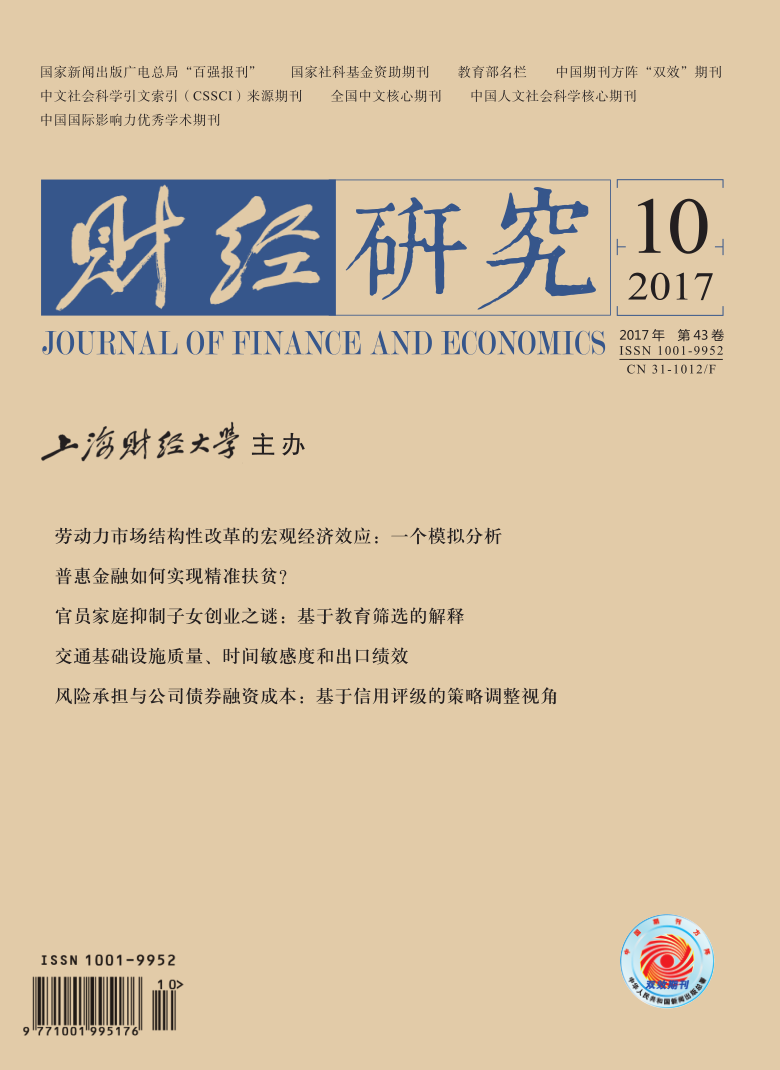Taking universally existing informal employment in China into account, this paper constructs a DSGE model including informal employment and investigates the short-term and long-term effects of labor market structural reform. The result shows that, different labor market structural reform has significant differences in short-term and long-term effects:firstly, for long-term effect, both the first labor market structural reform aiming at the decrease in the hiring costs of the formal sectors and the second labor market structural reform aiming at the decrease in the bargaining power of the formal sectors are conducive to the increase in output and the normalization of employment (long-term returns); secondly, for short-term effect, the first labor market structural reform leads to the significant reduction in output and the significant rise in unemployment in the short term (short-term pain), but the second labor market structural reform does not give rise to the increase in unemployment. Furthermore, it finds that monetary policy rules affect labor market structural reform significantly:the effect of the benchmark policy, namely the first labor market structural reform aiming at the decrease in the hiring costs, is featured by short-term pain instead of long-term returns; under Evans rule, this feature does not exist. Therefore, no matter which reform mode is adopted, the Evans rule can be used as a complementary monetary policy, and in terms of the reform effects, the second labor market structural reform may be preferable.
 / Journals / Journal of Finance and Economics
/ Journals / Journal of Finance and EconomicsJournal of Finance and Economics
LiuYuanchun, Editor-in-Chief
ZhengChunrong, Vice Executive Editor-in-Chief
YaoLan BaoXiaohua HuangJun, Vice Editor-in-Chief
Macroeconomic Effects of Labor Market Structural Reform:A Simulation Analysis
Journal of Finance and Economics Vol. 43, Issue 10, pp. 4 - 17 (2017) DOI:10.16538/j.cnki.jfe.2017.10.001
Abstract
References
Abstract
Cite this article
Chen Lifeng. Macroeconomic Effects of Labor Market Structural Reform:A Simulation Analysis[J]. Journal of Finance and Economics, 2017, 43(10): 4–17.
Export Citations as:
For
ISSUE COVER
RELATED ARTICLES




 9111
9111  6361
6361

